Edsel Ford accomplished many things, most of them with surprisingly long-lasting effect. He quietly but persistently developed new ideas for the Ford Motor Company then waited until there was an opportunity to implement them. Usually he had to wait for his father Henry’s approval, but sometimes he was able to surreptitiously slip something through while Henry was distracted. One of Edsel’s longer term efforts was the addition of a medium-priced car line between the Ford Deluxe and the Lincoln. He got partway there with the Lincoln-Zephyr but it was positioned and priced just under the semi-custom Lincoln K in competition with big Buicks and Chryslers. The up-market Ford Deluxe found its market and pricing sweet spot just above entry-level, again not a car that would sell into the middle market. As the Depression’s effects eased the middle market was where most growth was occurring, and many observers noted that Ford provided entry into the new car market for many buyers who next moved into Dodges, Pontiacs and Oldsmobiles. Edsel saw this happening. He listened to Ford’s sales people and, most importantly, the staff who dealt with Ford’s dealers all of whom pointed out that Ford customers were being converted to General Motors and Chrysler customers when they became a little more affluent and secure. Once there both GM and Chrysler offered them an aspirational ladder through the middle market right up to the Imperials and Cadillacs that defined luxury in the late Thirties. Finally, in 1939 Ford brought out the Mercury which with prices of $920-$1,180 fit neatly between the Ford ($540-$920) and Lincoln-Zephyr ($1,360-up). Nearly 40,000 were sold in the first year and in 1940 that grew to 77,981, conclusively proving the popularity of the market segment. The Mercury’s wheelbase of 116” was 2” longer than the comparable Ford. Its V-8 engine was modestly larger at 239 cubic inches and turned out 95hp compared with the Ford’s 90hp. The styling and design was neatly slotted between the Ford and Lincoln-Zephyr with features recalling both lines but skewed toward the up-market Zephyr. In 1940 Mercury introduced the “new finger-tip gear shift” on the steering column. It was both more convenient and opened up the floor in front of the seat to make more room available for front seat passengers. Although a convertible coupe had been offered in 1939 and was naturally continued in 1940 the Mercury added a convertible sedan model, one of the last convertible sedans to be cataloged by any U.S. manufacturer. Competing convertible sedans were offered by luxury marques like Cadillac and Packard. Only Buick, at $1,355, came close to competing with the Mercury Convertible Sedan at $1,272 and with only about 2,000 of the Buicks built (in five separate models) compared with the 972 Mercurys it is not surprising that the body style did not reappear in either marque’s catalog in 1941. While Mercury’s venture into the convertible sedan market in 1940 was not a commercial success it was, and is an aesthetic success. Exceptionally handsome, distinctive and stately, it was a relic of past consumer preferences and as such is an unusual combination of up to date chassis, driveline, structure and design with the very practical, commodious and functional convertible sedan, a model that combines excellent weather protection with four-door convenience and stylish top-down driving in fair weather. The example offered here is an extremely rare and very desirable example. Finished in a recent coat of Sahara Tan paint, it is upholstered in Red leather and has a Tan cloth top. It is equipped with wide whitewalls, Red painted wheels, beauty rings and hubcaps. It has auxiliary lights, a radio and a grille guard. It would be unfair to characterize it as anything other than a restoration project, but its restoration is potentially a highly rewarding task, especially in preserving such a rare and significant example of one of the more important efforts to reach new market
Edsel Ford accomplished many things, most of them with surprisingly long-lasting effect. He quietly but persistently developed new ideas for the Ford Motor Company then waited until there was an opportunity to implement them. Usually he had to wait for his father Henry’s approval, but sometimes he was able to surreptitiously slip something through while Henry was distracted. One of Edsel’s longer term efforts was the addition of a medium-priced car line between the Ford Deluxe and the Lincoln. He got partway there with the Lincoln-Zephyr but it was positioned and priced just under the semi-custom Lincoln K in competition with big Buicks and Chryslers. The up-market Ford Deluxe found its market and pricing sweet spot just above entry-level, again not a car that would sell into the middle market. As the Depression’s effects eased the middle market was where most growth was occurring, and many observers noted that Ford provided entry into the new car market for many buyers who next moved into Dodges, Pontiacs and Oldsmobiles. Edsel saw this happening. He listened to Ford’s sales people and, most importantly, the staff who dealt with Ford’s dealers all of whom pointed out that Ford customers were being converted to General Motors and Chrysler customers when they became a little more affluent and secure. Once there both GM and Chrysler offered them an aspirational ladder through the middle market right up to the Imperials and Cadillacs that defined luxury in the late Thirties. Finally, in 1939 Ford brought out the Mercury which with prices of $920-$1,180 fit neatly between the Ford ($540-$920) and Lincoln-Zephyr ($1,360-up). Nearly 40,000 were sold in the first year and in 1940 that grew to 77,981, conclusively proving the popularity of the market segment. The Mercury’s wheelbase of 116” was 2” longer than the comparable Ford. Its V-8 engine was modestly larger at 239 cubic inches and turned out 95hp compared with the Ford’s 90hp. The styling and design was neatly slotted between the Ford and Lincoln-Zephyr with features recalling both lines but skewed toward the up-market Zephyr. In 1940 Mercury introduced the “new finger-tip gear shift” on the steering column. It was both more convenient and opened up the floor in front of the seat to make more room available for front seat passengers. Although a convertible coupe had been offered in 1939 and was naturally continued in 1940 the Mercury added a convertible sedan model, one of the last convertible sedans to be cataloged by any U.S. manufacturer. Competing convertible sedans were offered by luxury marques like Cadillac and Packard. Only Buick, at $1,355, came close to competing with the Mercury Convertible Sedan at $1,272 and with only about 2,000 of the Buicks built (in five separate models) compared with the 972 Mercurys it is not surprising that the body style did not reappear in either marque’s catalog in 1941. While Mercury’s venture into the convertible sedan market in 1940 was not a commercial success it was, and is an aesthetic success. Exceptionally handsome, distinctive and stately, it was a relic of past consumer preferences and as such is an unusual combination of up to date chassis, driveline, structure and design with the very practical, commodious and functional convertible sedan, a model that combines excellent weather protection with four-door convenience and stylish top-down driving in fair weather. The example offered here is an extremely rare and very desirable example. Finished in a recent coat of Sahara Tan paint, it is upholstered in Red leather and has a Tan cloth top. It is equipped with wide whitewalls, Red painted wheels, beauty rings and hubcaps. It has auxiliary lights, a radio and a grille guard. It would be unfair to characterize it as anything other than a restoration project, but its restoration is potentially a highly rewarding task, especially in preserving such a rare and significant example of one of the more important efforts to reach new market
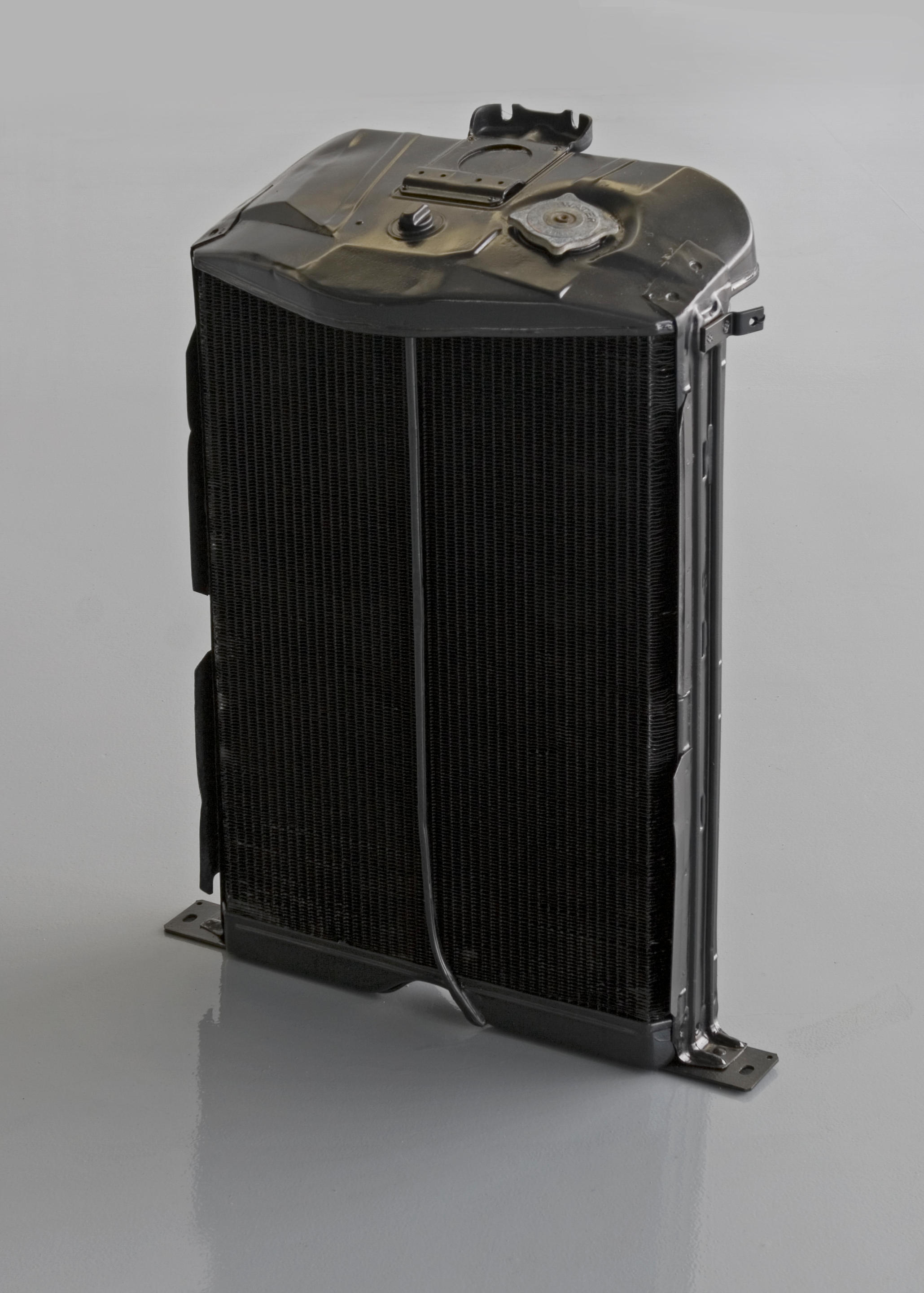
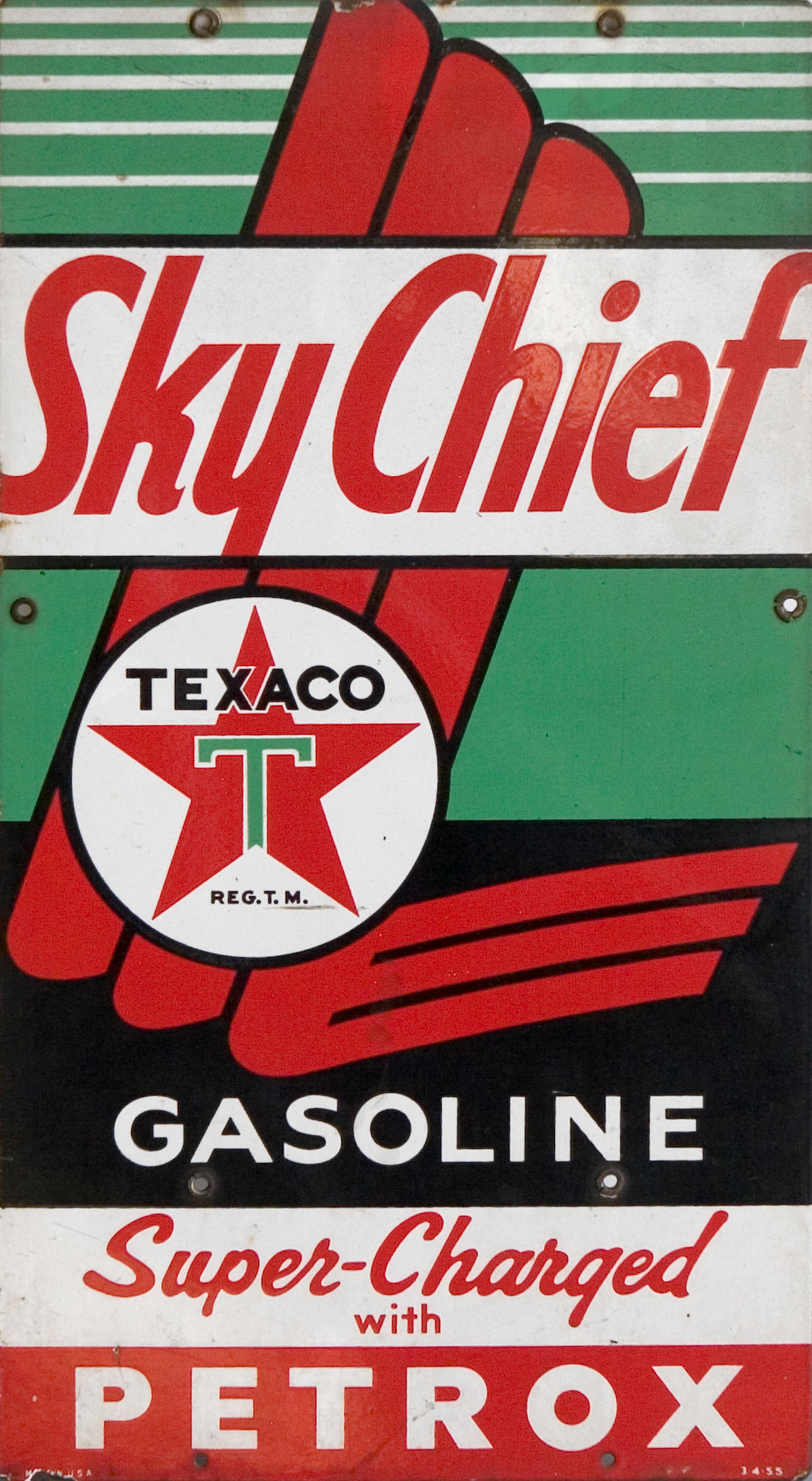
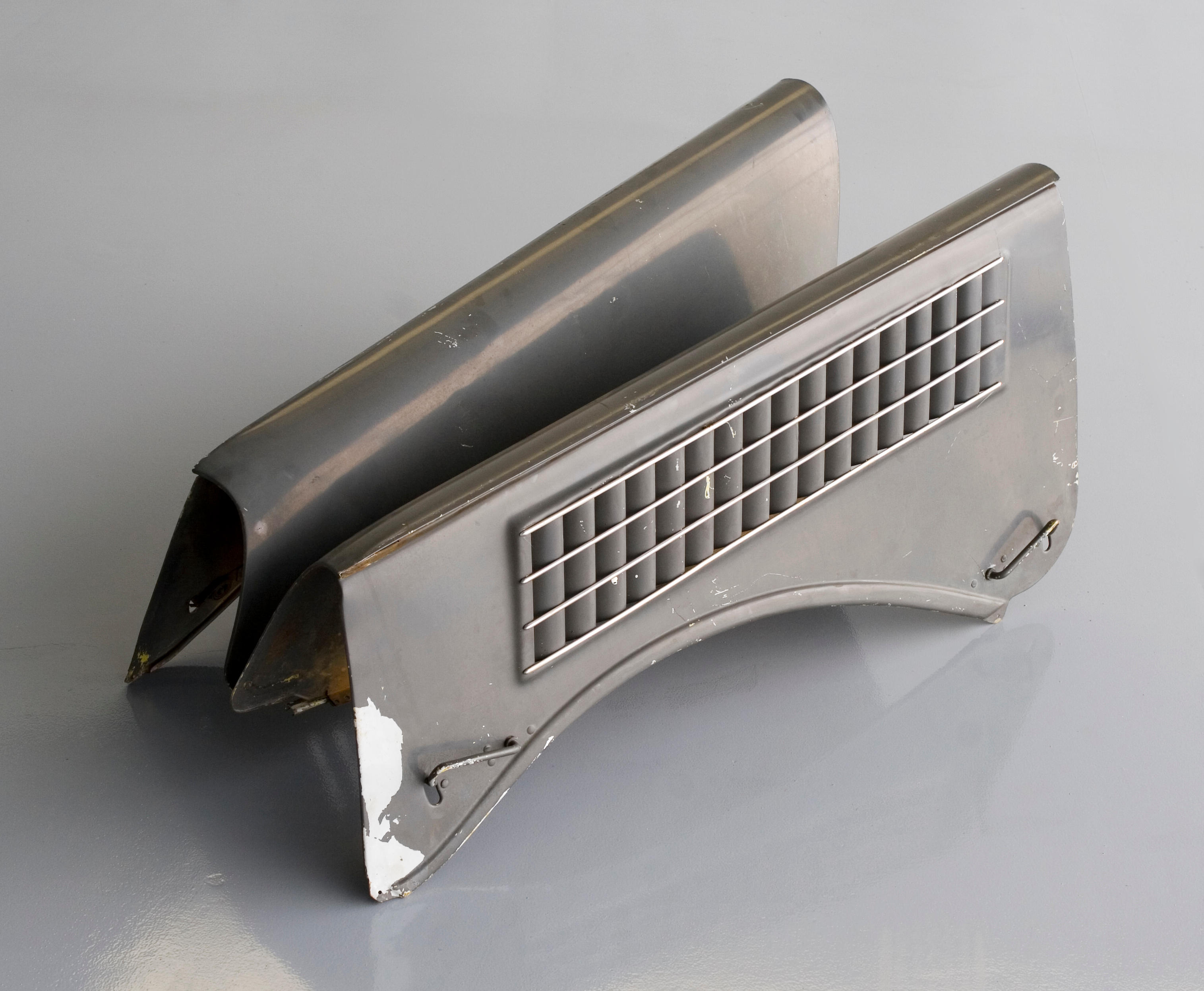
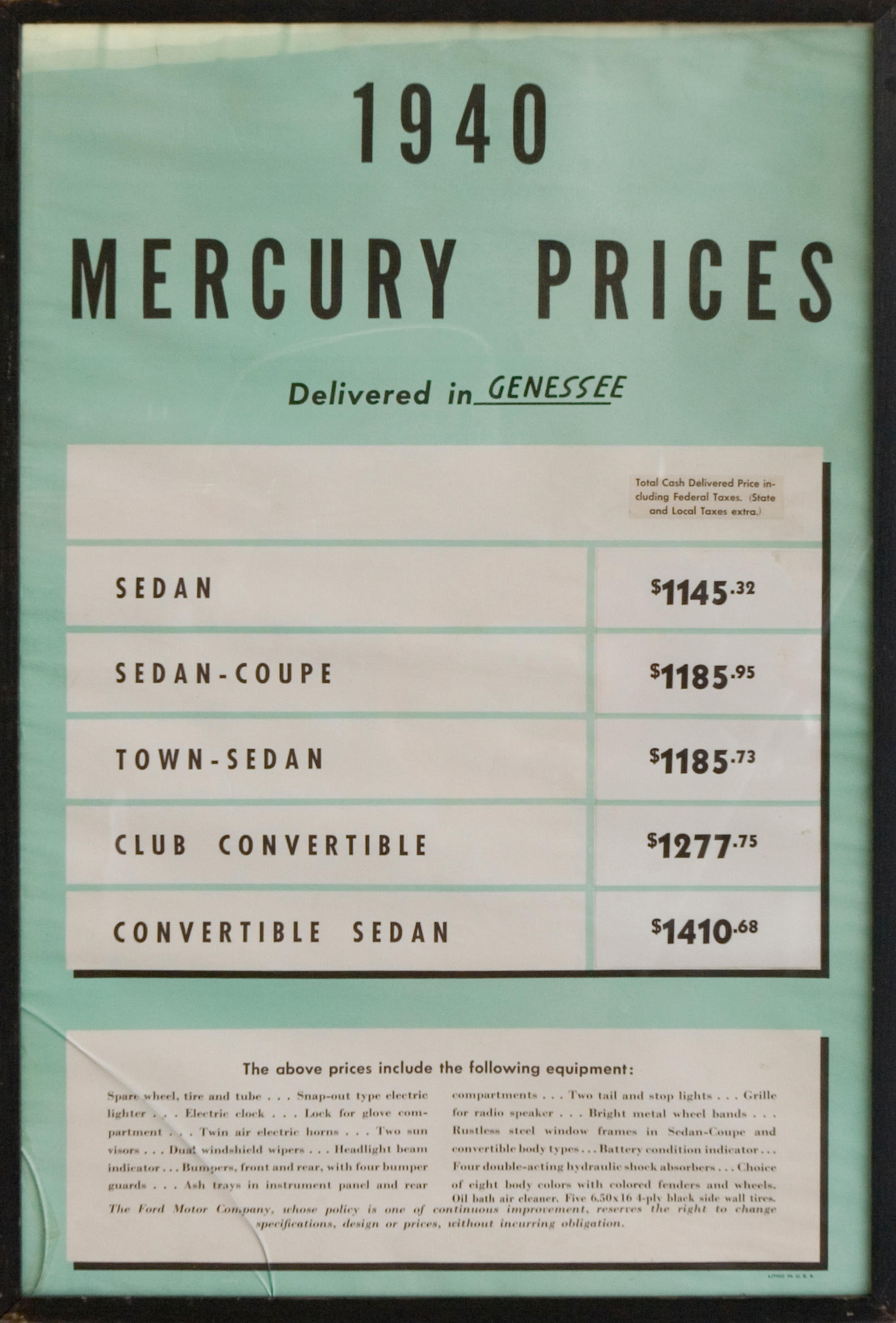
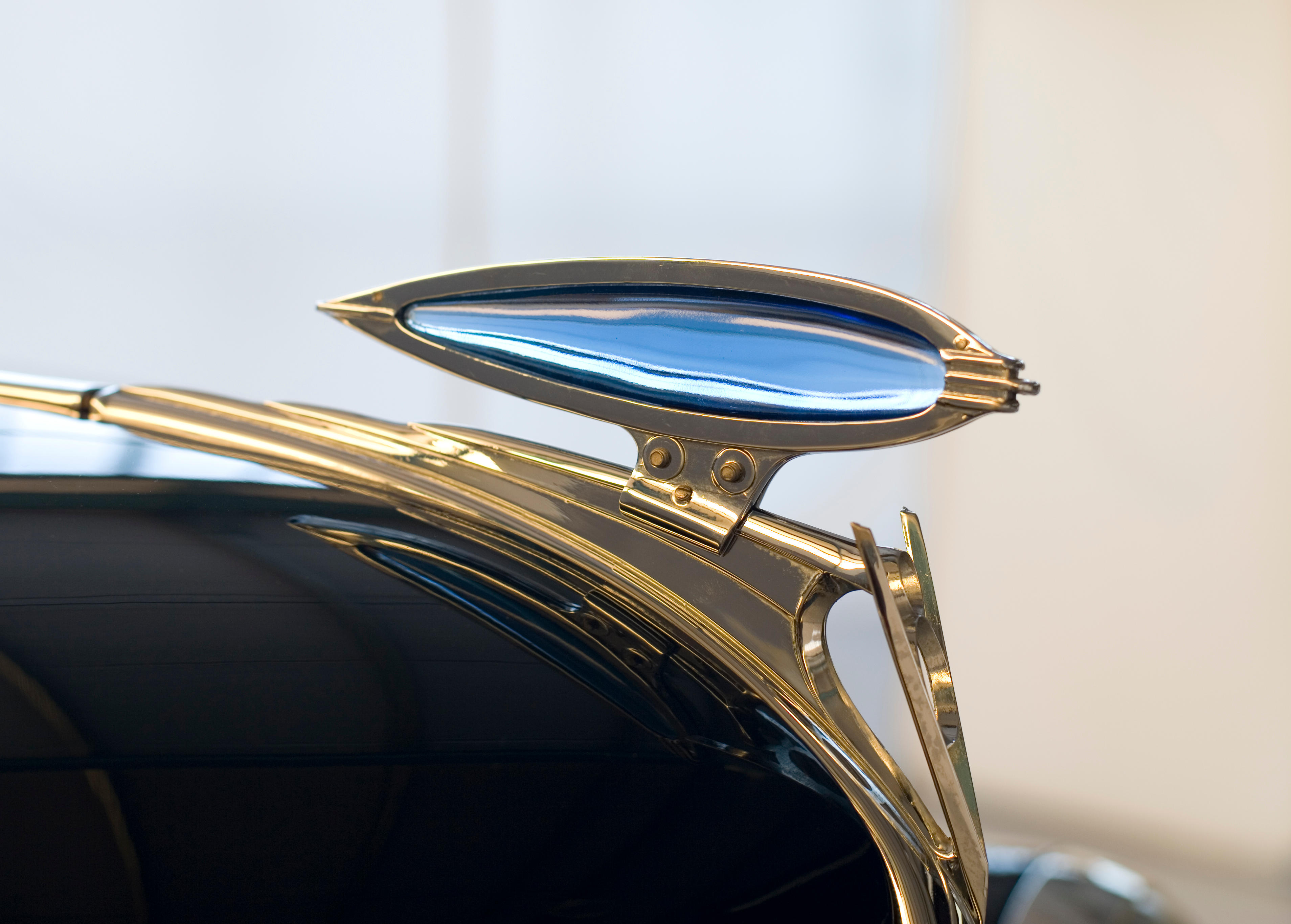
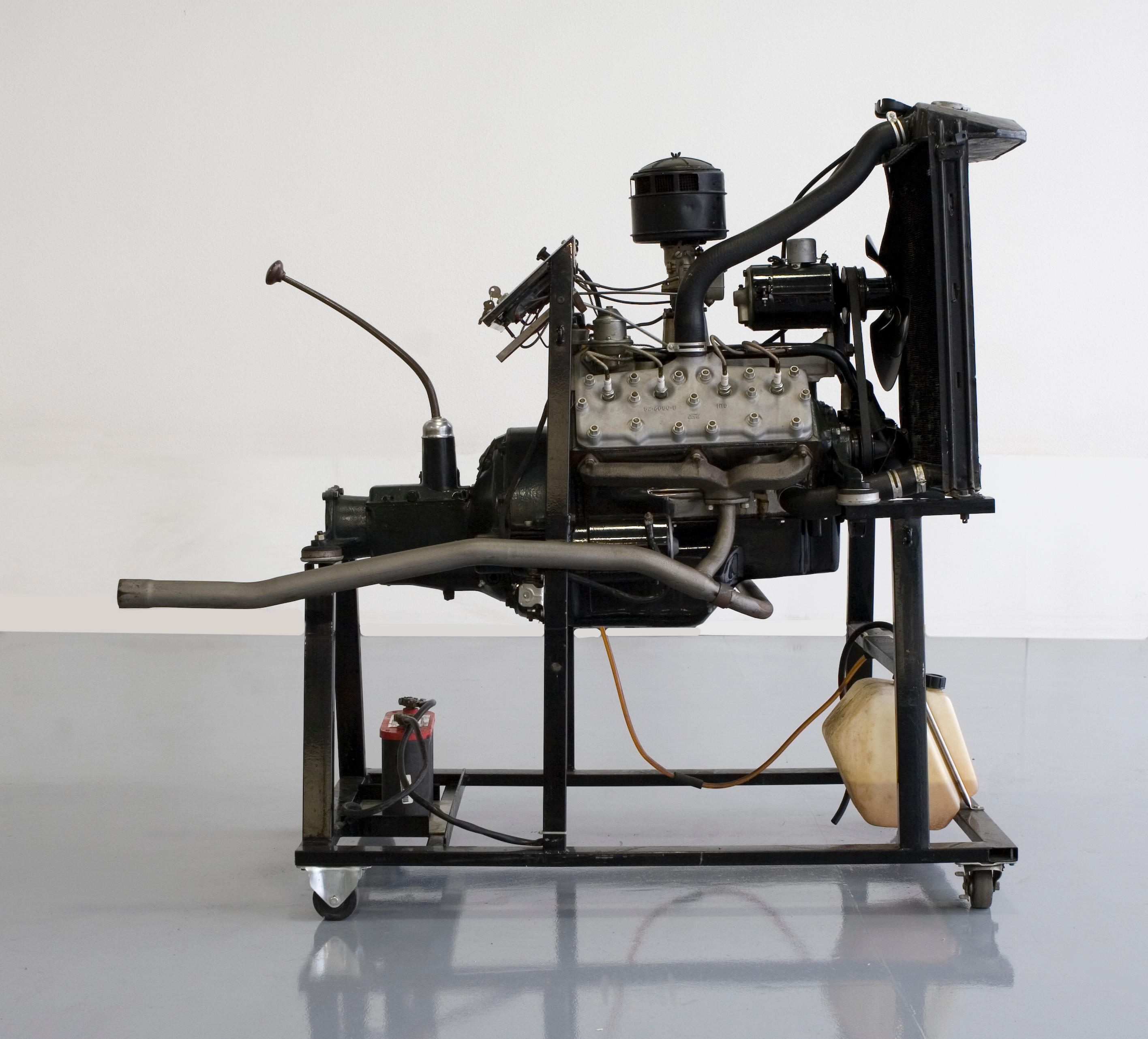
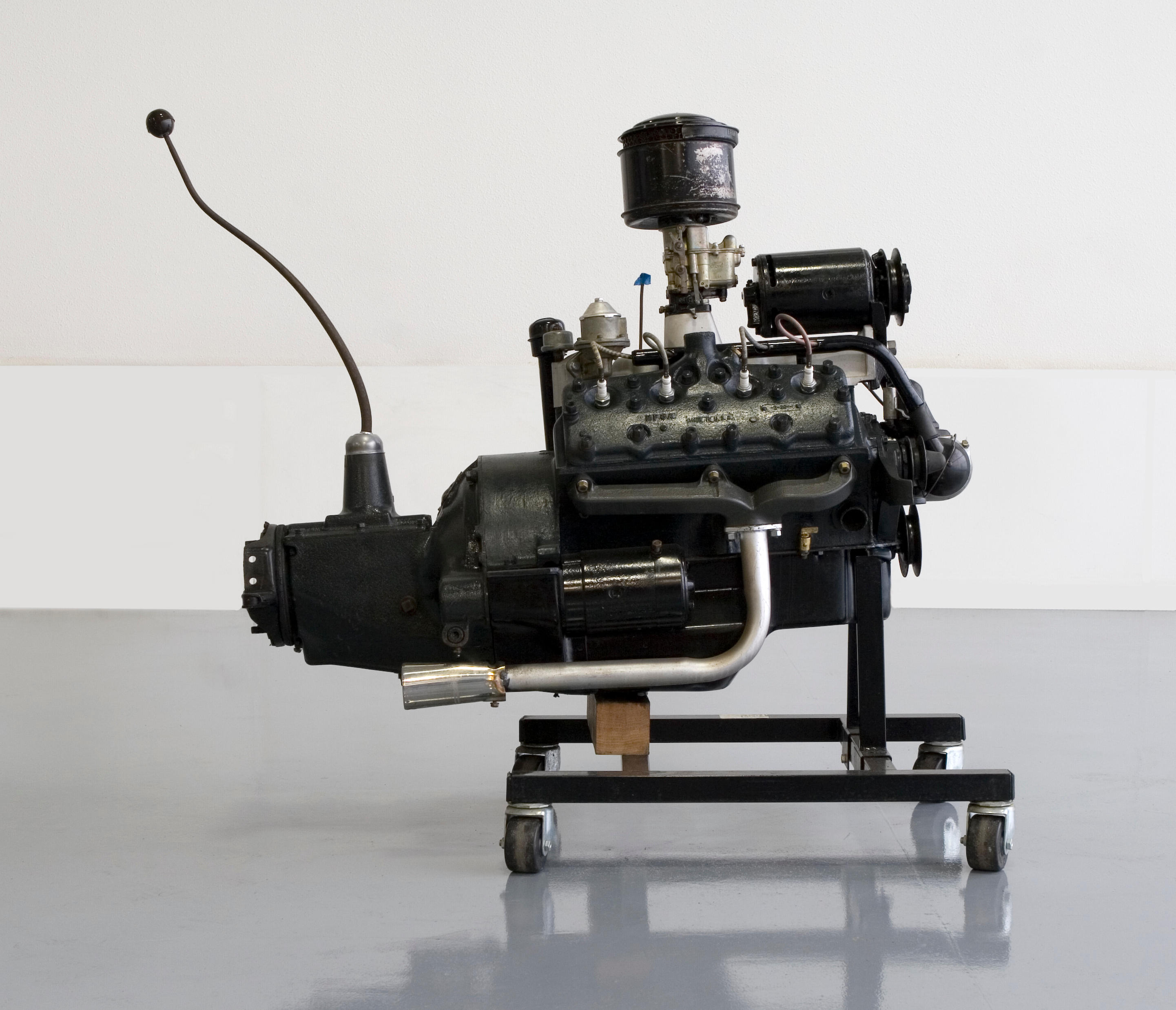
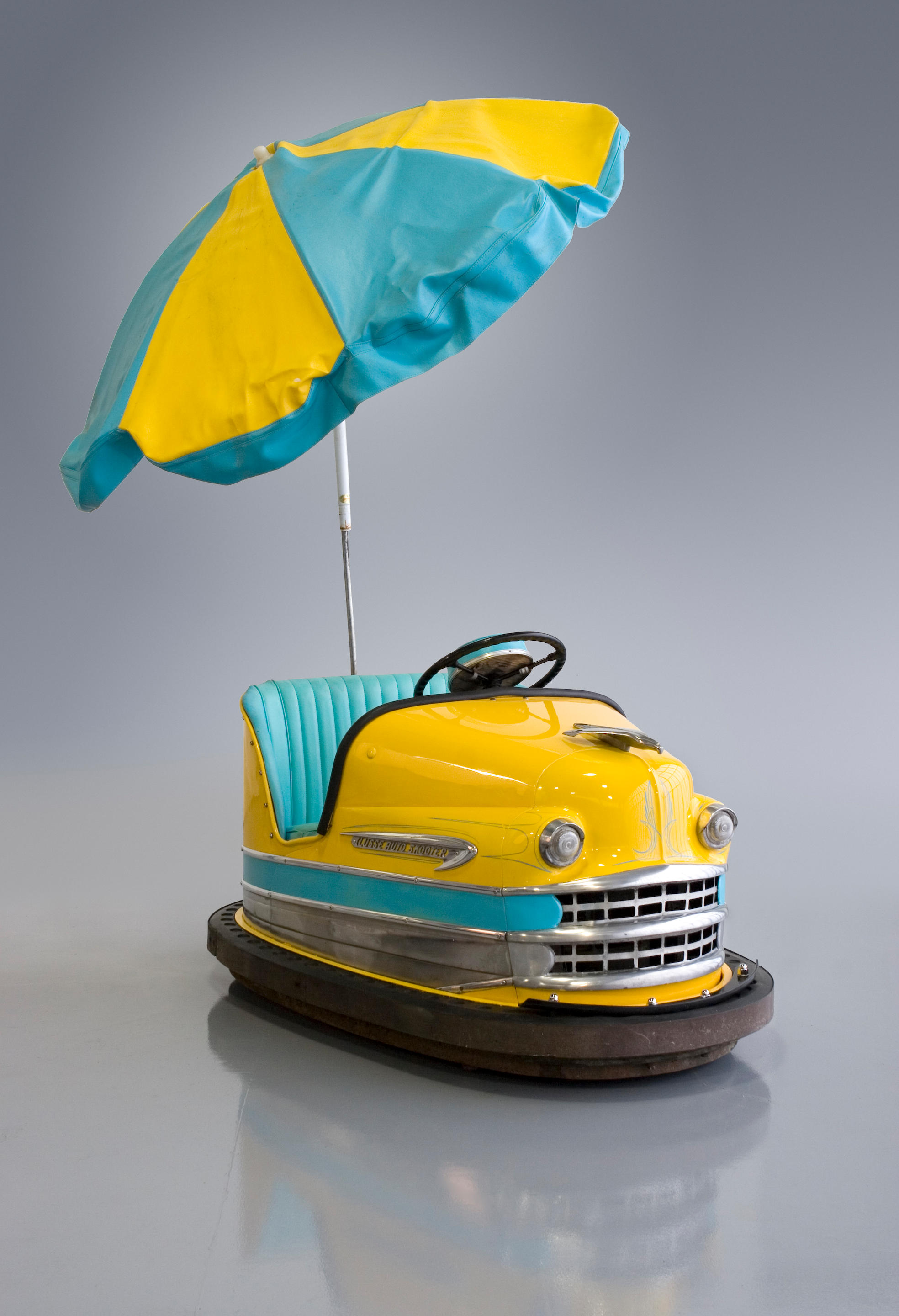

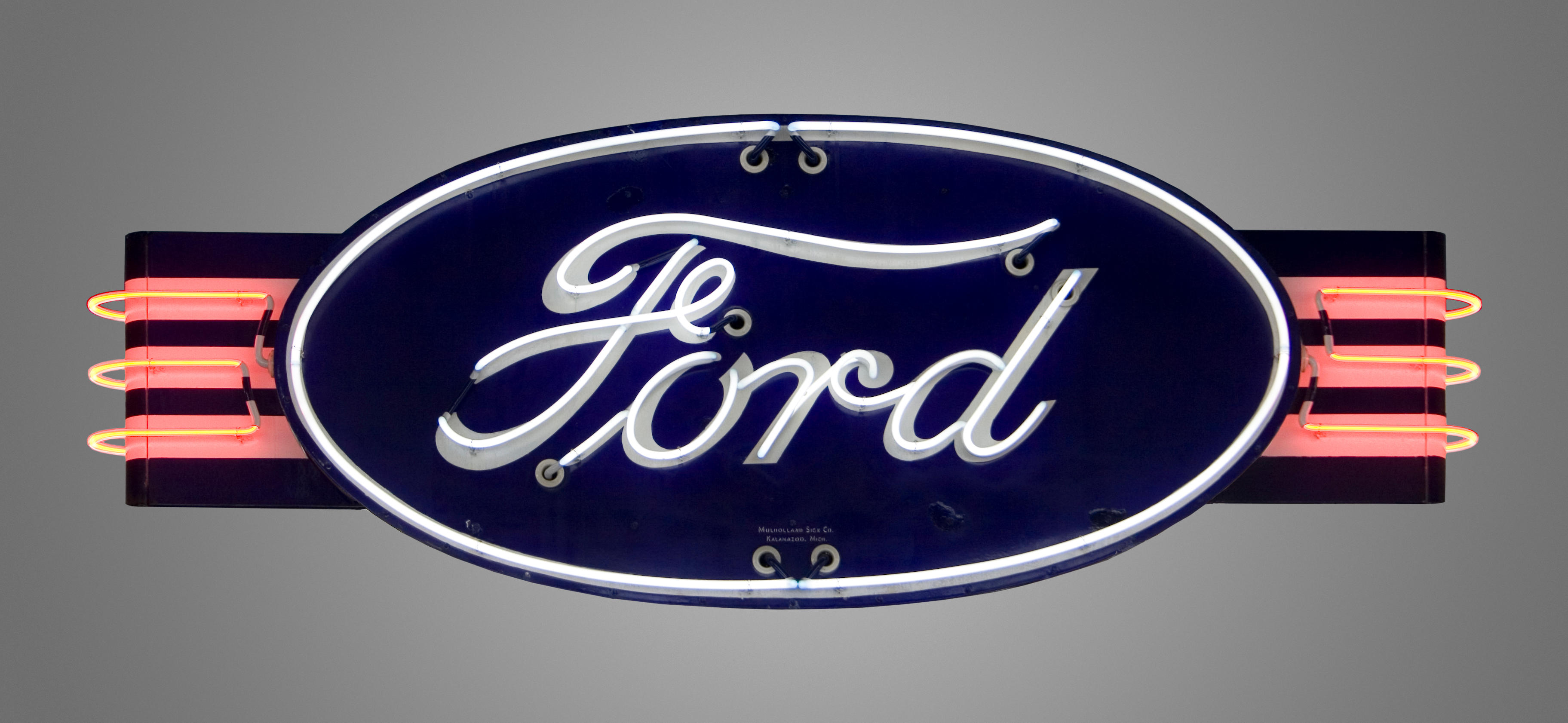
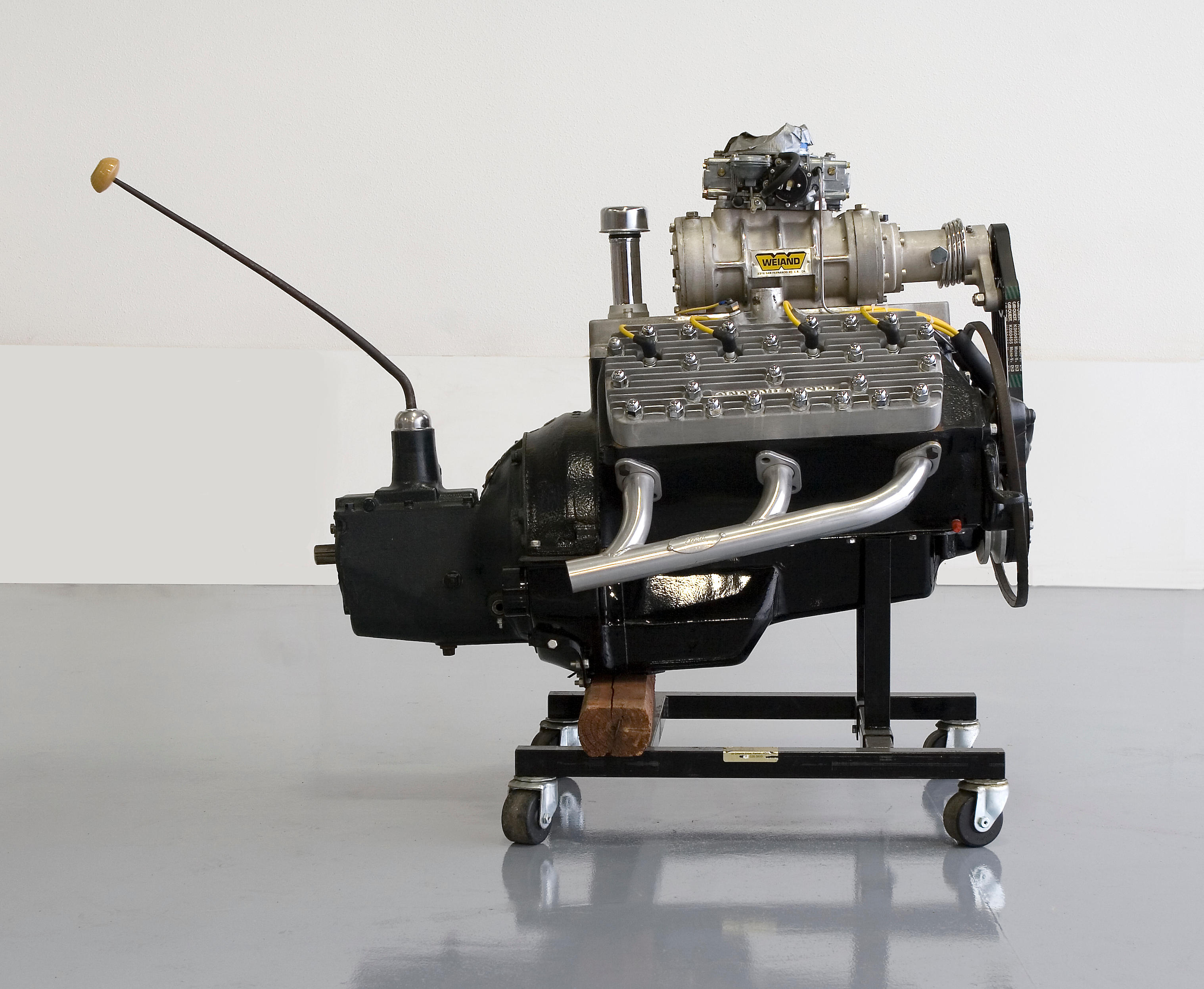
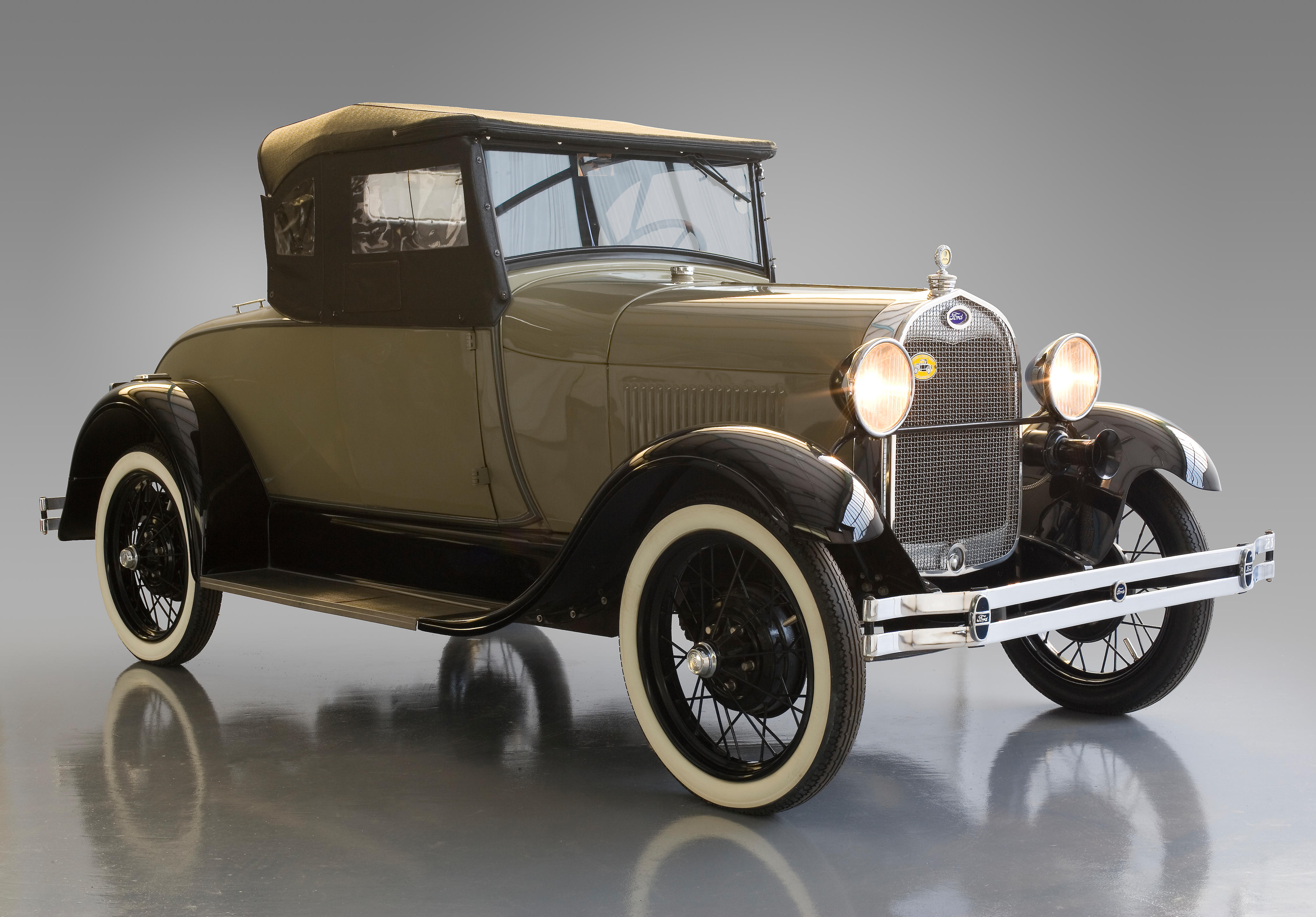
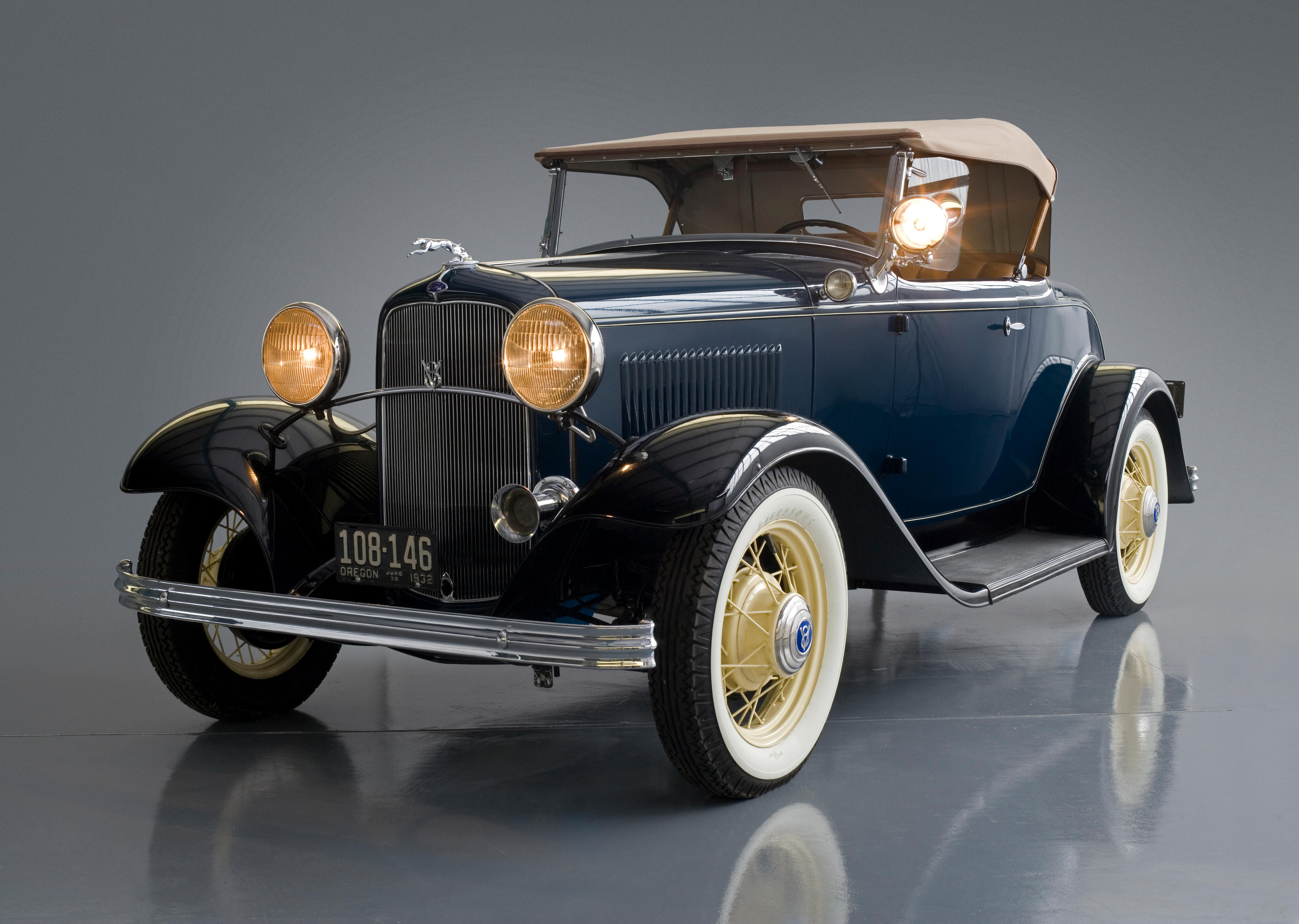
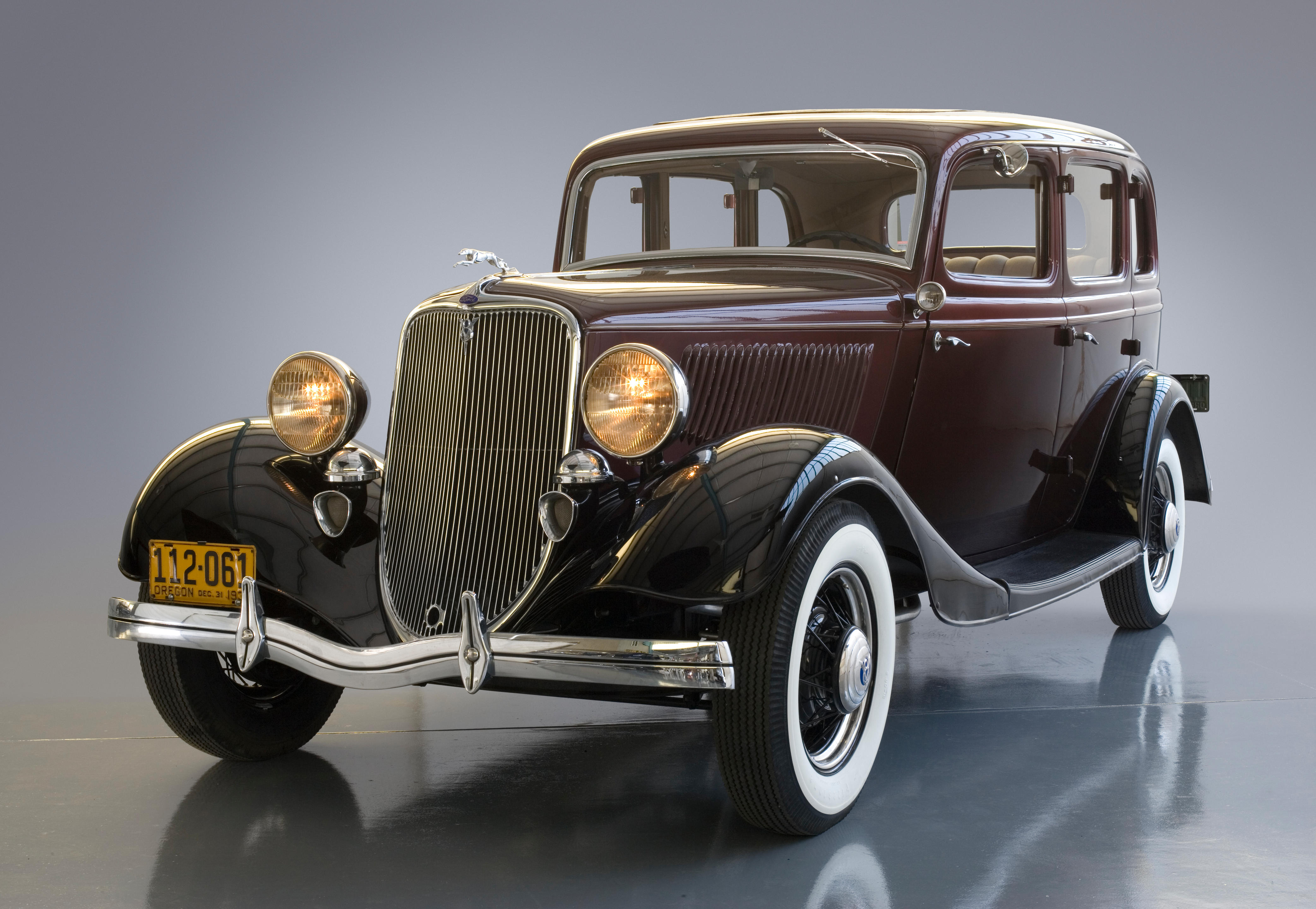
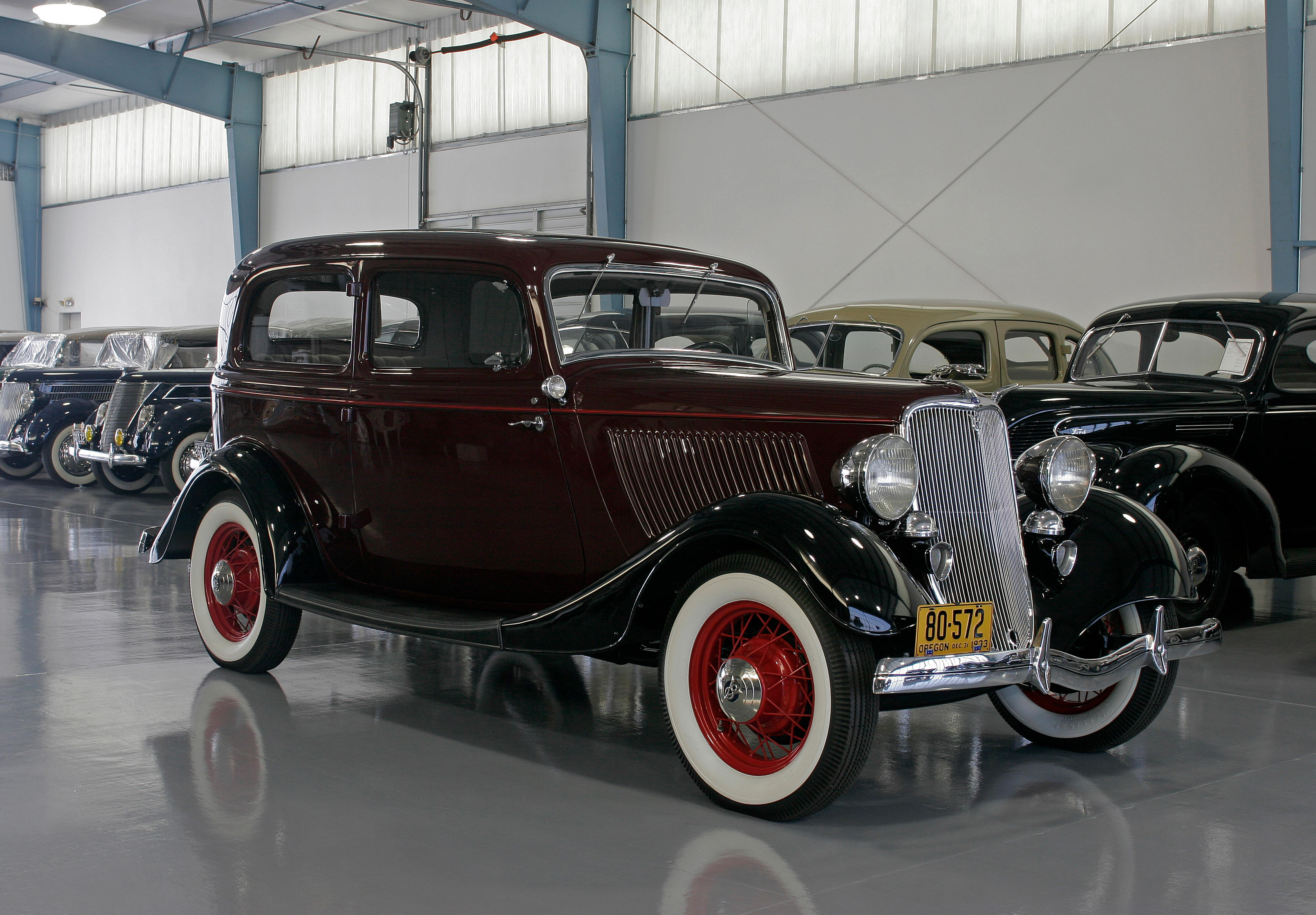
Testen Sie LotSearch und seine Premium-Features 7 Tage - ohne Kosten!
Lassen Sie sich automatisch über neue Objekte in kommenden Auktionen benachrichtigen.
Suchauftrag anlegen